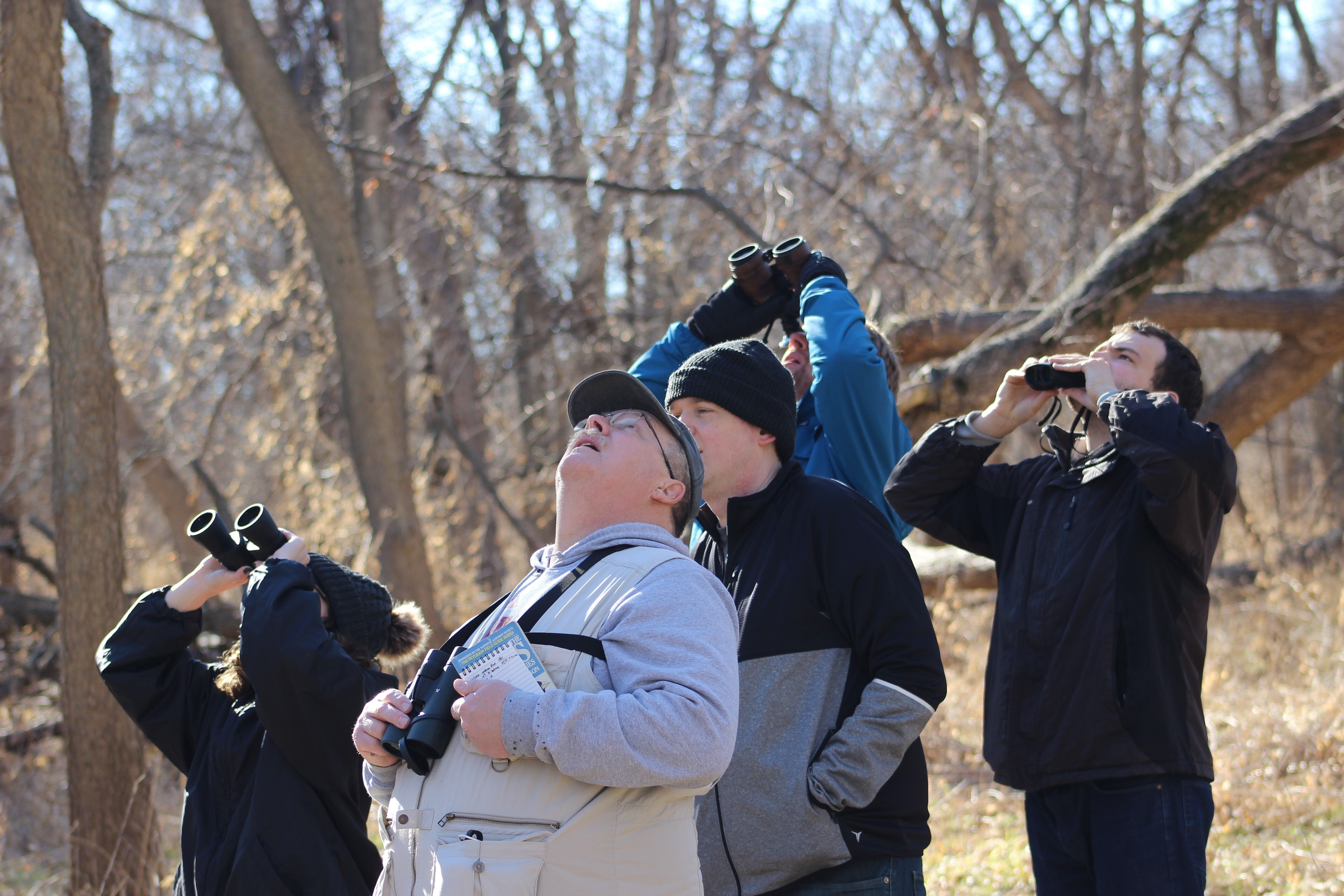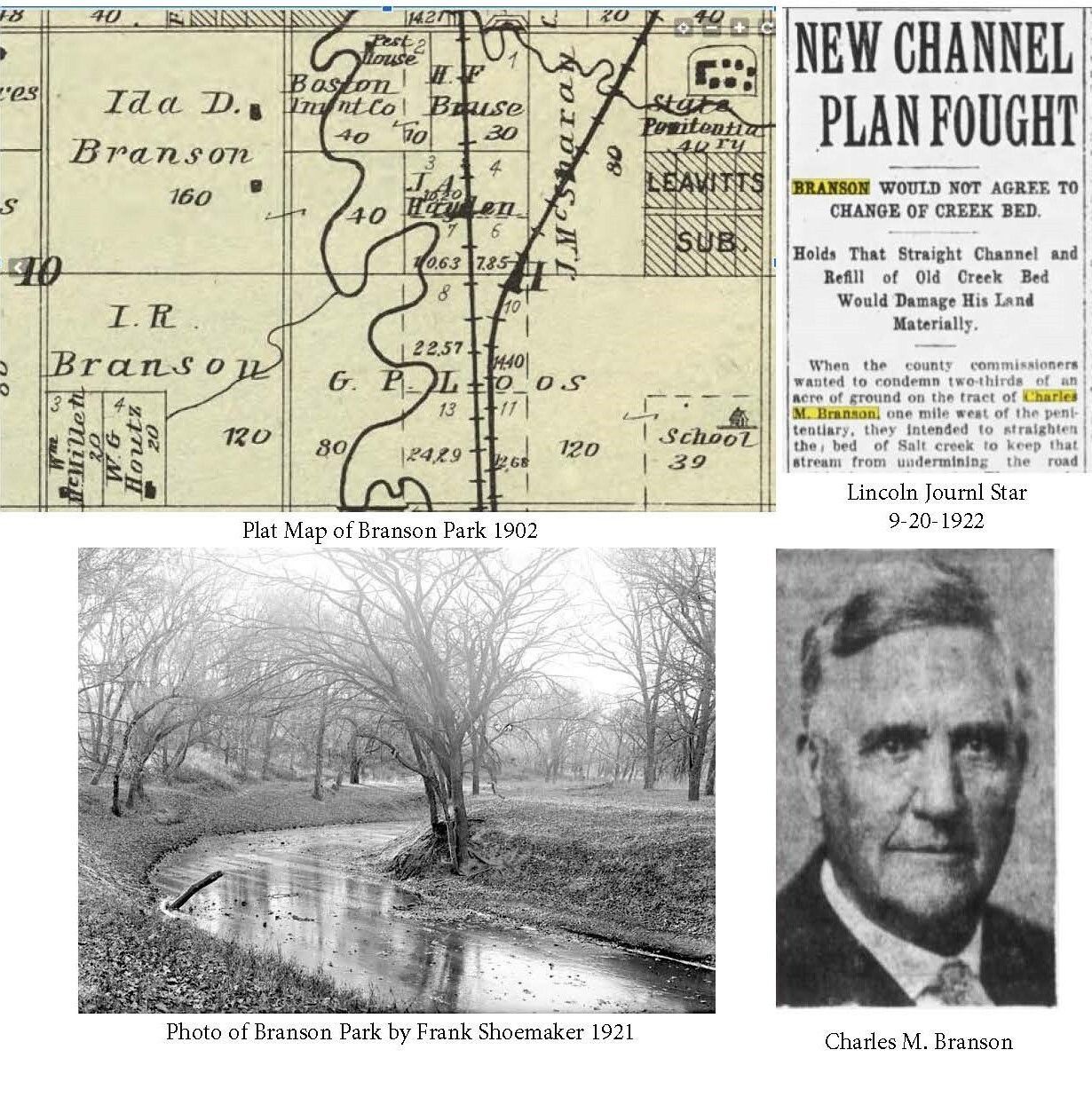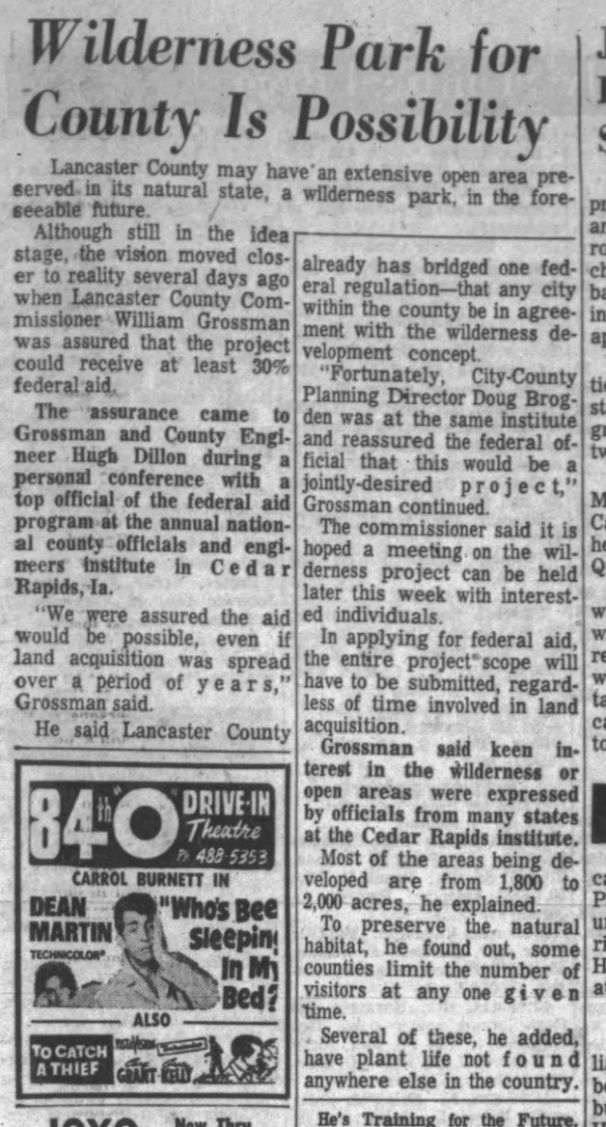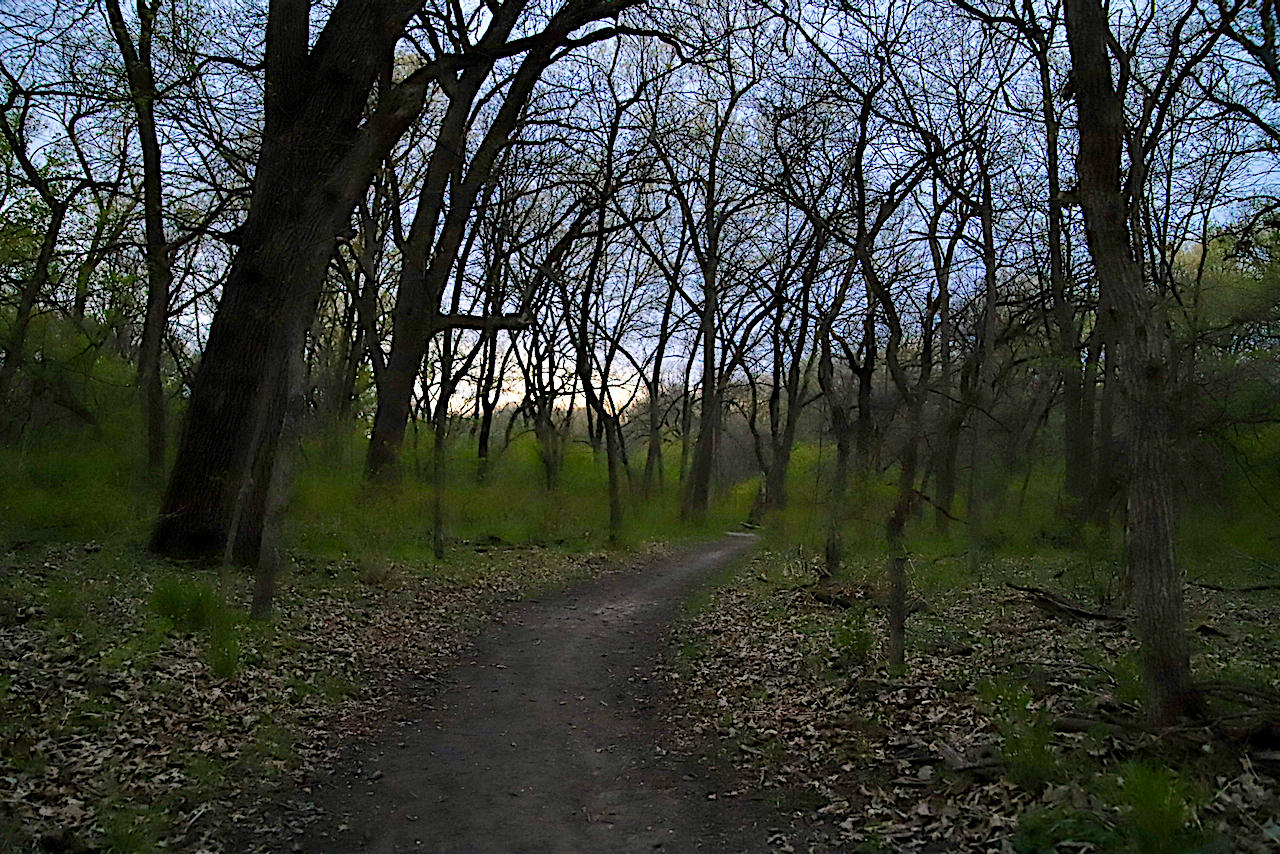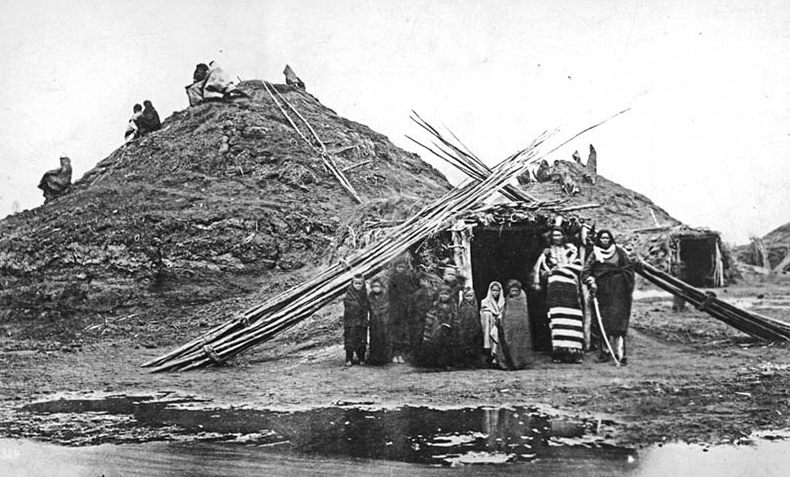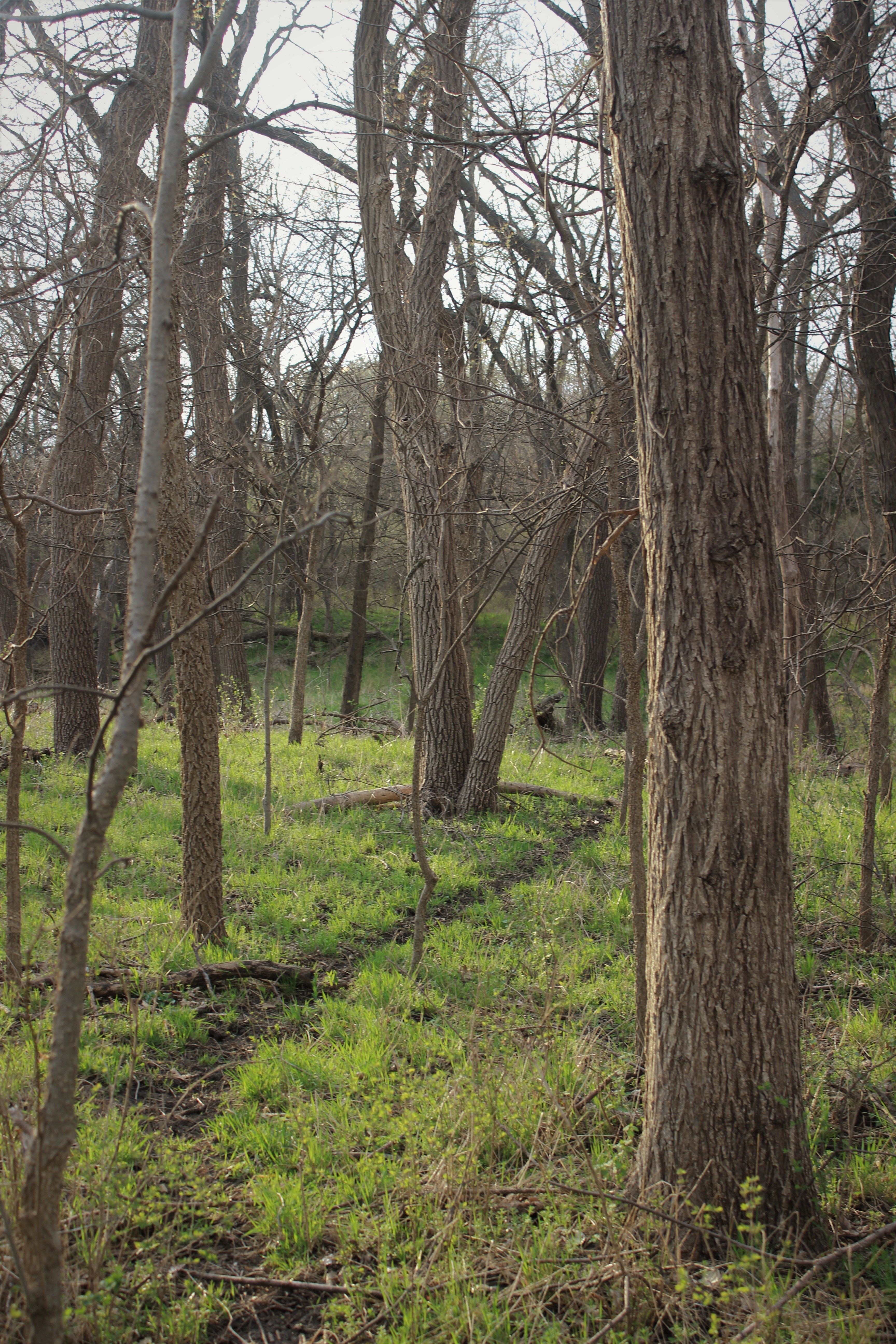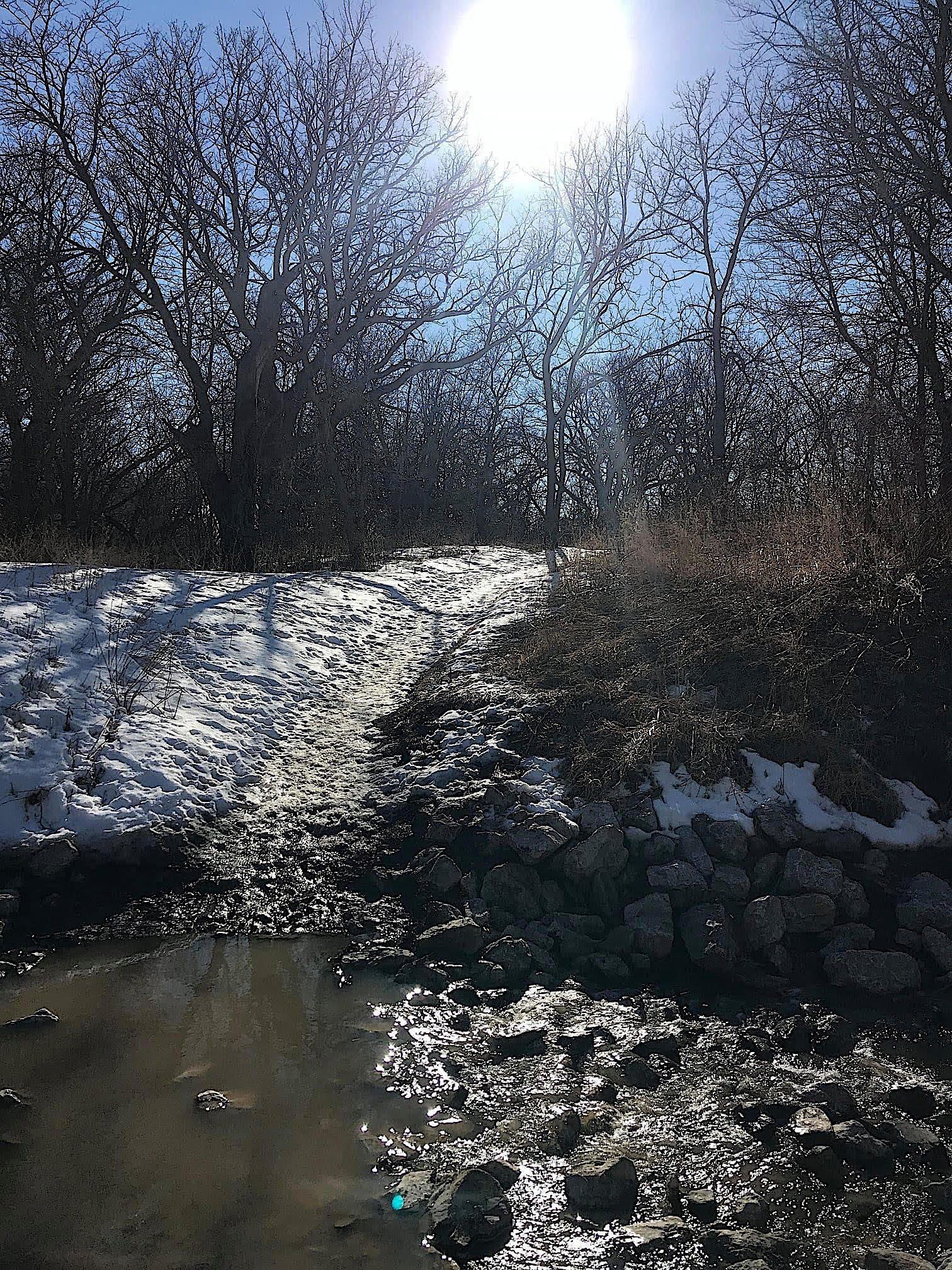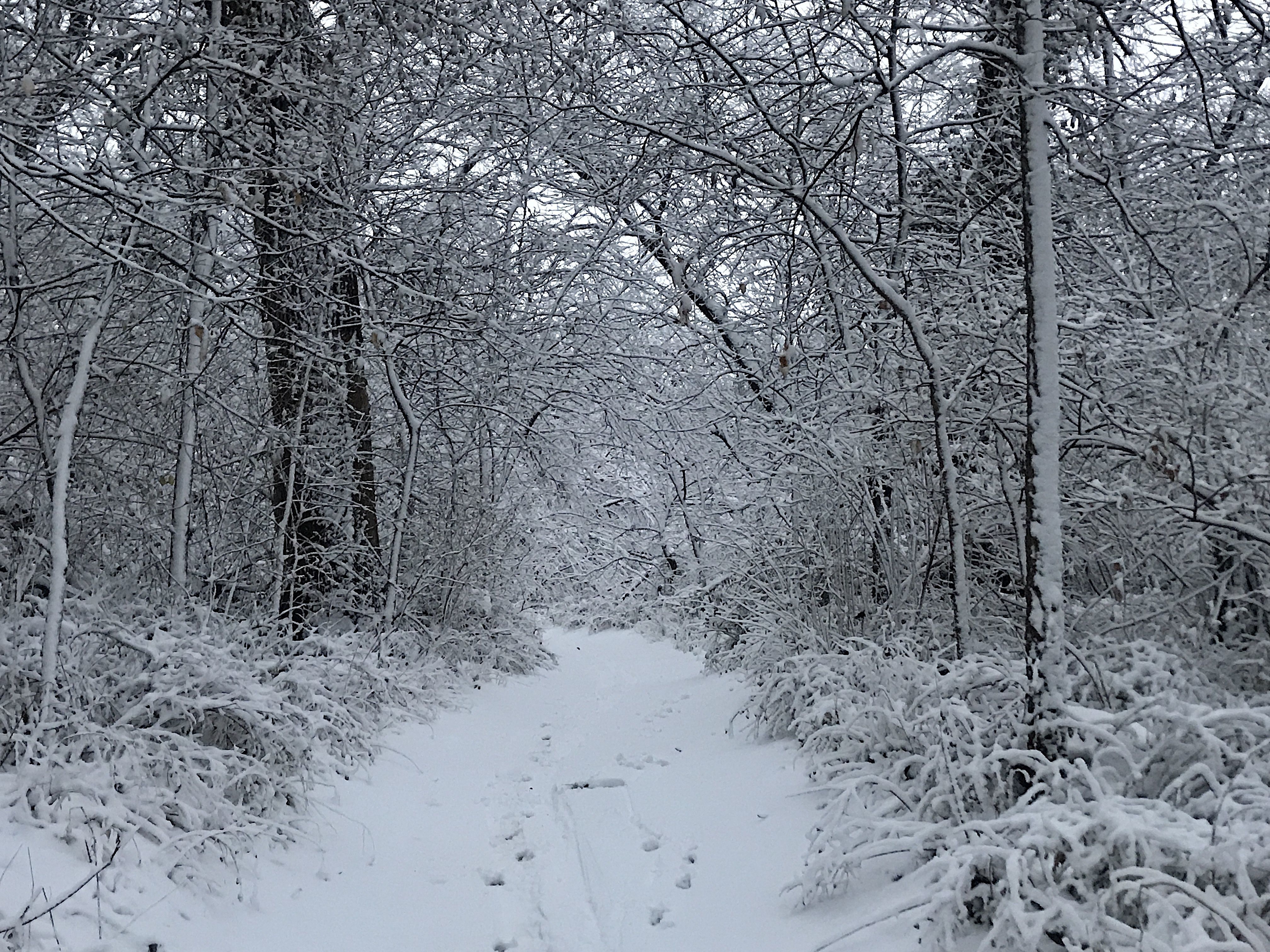Branson Park, named after land owner Charles M. Branson, existed roughly between 1883 and 1945 just southeast of South 1st Street and Pioneers Boulevard. It was the 70 acre wooded area straddling Salt Creek on the east side of Branson’s 250 acre farm known as “Riverside Farm” or “Riverside Stock Yard”.
For 50 years Wilderness Park has been home to countless adventures and memories. At sunrise on May 27th, 1972, Wilderness Park was officially opened to the public. This year, Friends of Wilderness Park will celebrate and share stories from Lincoln’s largest park.
Flooding along Salt Creek has and will continue to be an issue of concern for the City of Lincoln, especially in
light of impacts from our changing climate and development in south Lincoln. Wilderness Park plays a critical
role in slowing flood waters.
Two recent articles in the Lincoln Journal Star speak to recent work completed by Olsson engineering about
possible flooding solutions.
The Salt Creek Resiliency Study (SCRS), which Olsson has helped lead, represents a broad, bold collaborative
effort at mitigating the effects of flooding from climate change. Using data from the National Oceanic and
Atmospheric Administration and other available sources, multiple agencies and organizations are coming
together to understand how best to prepare the Salt Creek drainage basin over the next 50-80 years. Tasks for
the study include: evaluating best management practices for the watershed, reviews of current standards and
practices, flood history summaries, recommendations for potential funding sources, potential flood reduction
measures and a public education plan.
Friends of Wilderness Park is excited to be a part of the study. Salt Creek, which twists and turns through
the park, slows flood waters, while the park’s established flora with deep root systems absorbs considerable
quantities of water before it becomes runoff.
Many looming questions remain: Does Salt Creek need upwards of 16 dams and other structures to address
future flooding? What are the short- and long-term ecological consequences of dams and reservoirs? What
additional best practices for development and stormwater management could help mitigate floodwaters?
It’s a bridge to nature.
It’s the sunrise through the treetops.
It’s the early morning runs.
It’s the sounds of wildlife.
It’s a chance to unplug.
It’s the preservation of 1,400 acres of rugged forest.
It’s a breath of fresh air.
It’s serious airtime.
It’s a place for reconnecting— with the earth, and with each other.
It’s your inspiration.
It’s Lincoln’s protection from high water in Salt Creek.
It’s 31 miles of trails.
It’s an opportunity to escape and explore.
It’s your Wilderness.
Donate to the Wilderness Park Campaign at the link in the comments.
Check out this video of Wilderness Park on Naturally Nebraska!
A new bridge connects South Lincoln with Wilderness Park trails!

